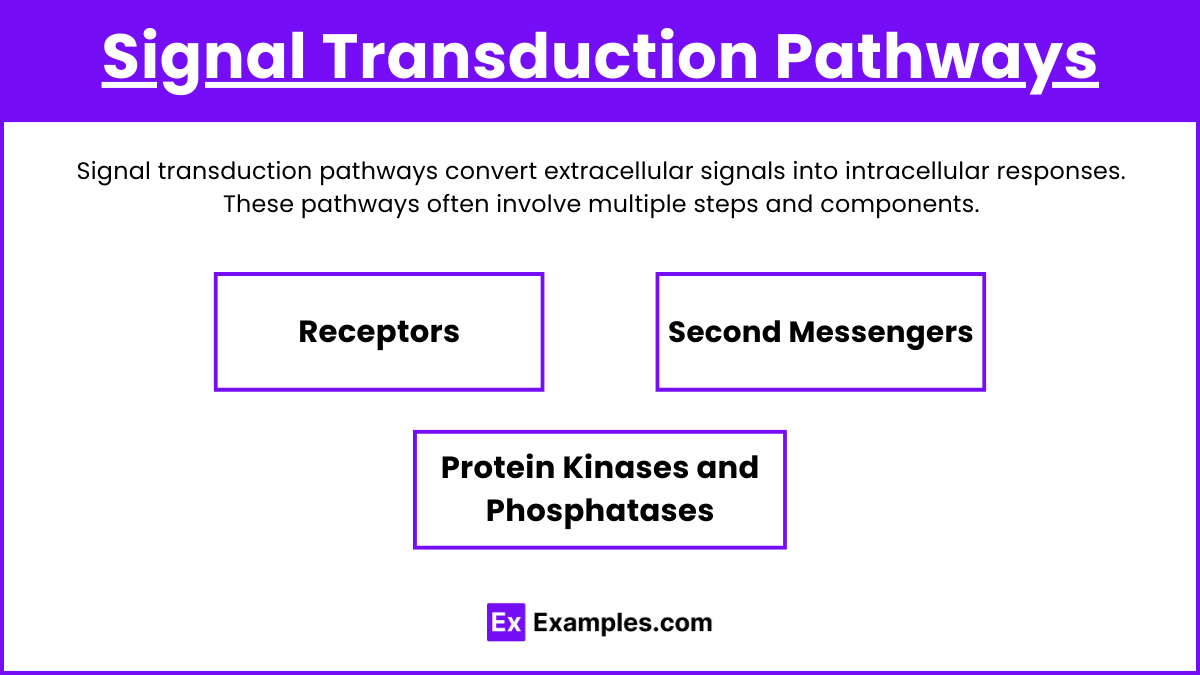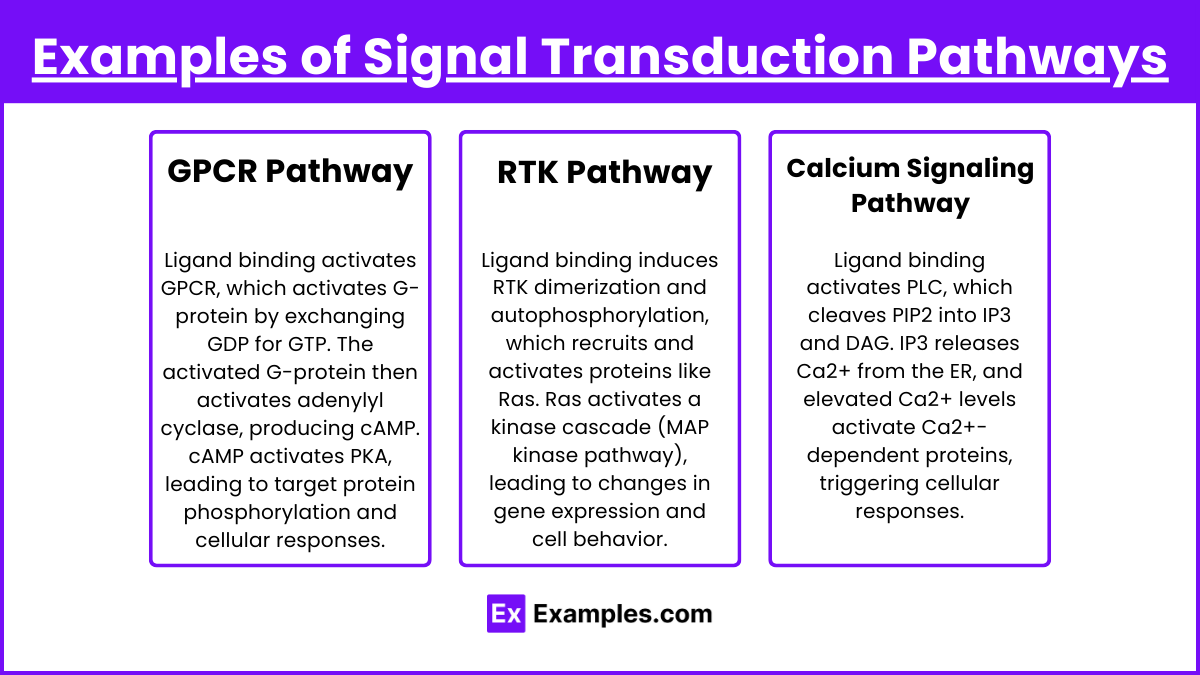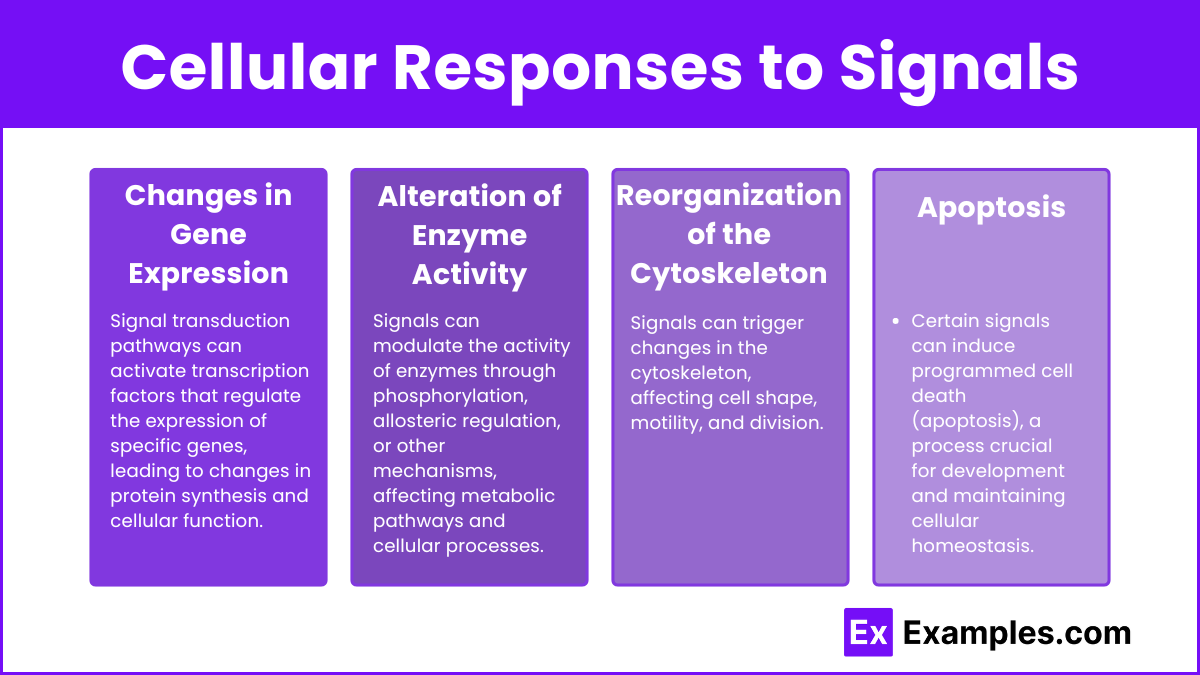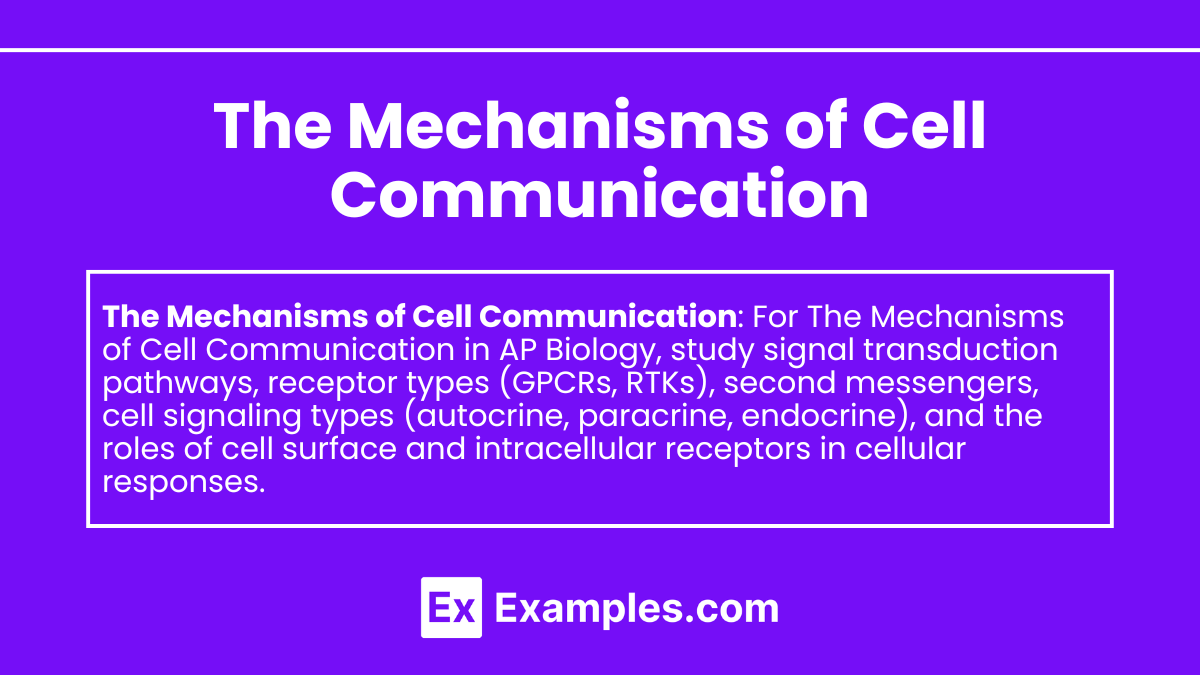In AP Biology, understanding the mechanisms of cell communication is essential. Cells communicate through signals that interact with receptors on the cell membrane or within the cell. This process is crucial for coordinating functions and maintaining homeostasis. Both plant cells, with their cell walls, and animal cells rely on these communication pathways to respond to environmental changes and regulate physiological processes, ensuring proper cellular function and organismal survival.
Learning Objective
In studying The Mechanisms of Cell Communication in AP Biology, students should achieve the following learning objectives: Understand the principles of cell theory in relation to communication, explore how signals regulate the cell cycle, and recognize the roles of structures like the centriole. Additionally, students should learn how signals are transmitted through the plasma membrane and how responses are coordinated within the cytosol, ensuring proper cellular function and interaction.
Overview of Cell Communication
Cell communication involves the transmission of signals from one cell to another, enabling cells to coordinate their activities. The process includes three main stages: reception, transduction, and response.
Key Concepts
Reception: Detection of a signaling molecule (ligand) by a receptor protein on the cell surface or inside the cell.
Transduction: Conversion of the signal into a form that can bring about a specific cellular response, often involving a series of molecular events.
Response: The specific cellular activity triggered by the transduced signal, such as changes in gene expression, enzyme activity, or cell behavior.
Types of Cell Communication

Direct Contact:
Cell Junctions: Gap junctions in animal cells and plasmodesmata in plant cells allow direct cytoplasmic connections between adjacent cells, facilitating the transfer of ions, molecules, and signaling substances.
Cell-Cell Recognition: Cells communicate through direct contact of membrane-bound cell surface molecules, important in immune responses and embryonic development.
Local Signaling:
Paracrine Signaling: Signal molecules (local regulators) released by a cell affect nearby target cells. For example, growth factors stimulate cell proliferation.
Autocrine Signaling: A cell releases a signal molecule that binds to receptors on its own surface, leading to a response within the same cell.
Long-Distance Signaling:
Endocrine Signaling: Hormones are released into the bloodstream and travel to distant target cells, where they elicit specific responses. For example, insulin regulates glucose metabolism.
Nervous System Signaling: Neurons transmit signals over long distances through electrical impulses and neurotransmitter release at synapses.
Signal Transduction Pathways

Signal transduction pathways convert extracellular signals into intracellular responses. These pathways often involve multiple steps and components.
Key Components
Receptors:
G-Protein-Coupled Receptors (GPCRs): Activated by binding of a ligand, these receptors initiate a signaling cascade through the activation of G-proteins.
Receptor Tyrosine Kinases (RTKs): Binding of a ligand induces dimerization and autophosphorylation of the receptor, activating downstream signaling pathways.
Ion Channel Receptors: Ligand binding opens or closes ion channels, altering the ion flow across the membrane and triggering a cellular response.
Second Messengers:
Cyclic AMP (cAMP): Generated from ATP by adenylyl cyclase, cAMP activates protein kinase A (PKA) and regulates various cellular processes.
Calcium Ions (Ca2+): Released from intracellular stores or entering through membrane channels, Ca2+ acts as a second messenger in various signaling pathways.
Inositol Triphosphate (IP3) and Diacylglycerol (DAG): Produced by the cleavage of phospholipids, IP3 releases Ca2+ from the endoplasmic reticulum, while DAG activates protein kinase C (PKC).
Protein Kinases and Phosphatases:
Protein Kinases: Enzymes that phosphorylate target proteins, altering their activity and function. Examples include MAP kinases and PKA.
Protein Phosphatases: Enzymes that remove phosphate groups from proteins, reversing the effects of phosphorylation.
Examples of Signal Transduction Pathways

GPCR Pathway:
Ligand binding activates GPCR.
GPCR activates G-protein by exchanging GDP for GTP.
Activated G-protein activates adenylyl cyclase, producing cAMP.
cAMP activates PKA, leading to phosphorylation of target proteins and cellular responses.
RTK Pathway:
Ligand binding induces RTK dimerization and autophosphorylation.
Phosphorylated RTK recruits and activates signaling proteins like Ras.
Ras activates a kinase cascade (MAP kinase pathway), leading to changes in gene expression and cell behavior.
Calcium Signaling Pathway:
Ligand binding to a receptor activates phospholipase C (PLC).
PLC cleaves PIP2 into IP3 and DAG.
IP3 releases Ca2+ from the endoplasmic reticulum.
Elevated Ca2+ levels activate various Ca2+-dependent proteins, triggering cellular responses.
Cellular Responses to Signals

Cells respond to signals in various ways, depending on the type of signal and the signaling pathway involved.
Changes in Gene Expression:
Signal transduction pathways can activate transcription factors that regulate the expression of specific genes, leading to changes in protein synthesis and cellular function.
Alteration of Enzyme Activity:
Signals can modulate the activity of enzymes through phosphorylation, allosteric regulation, or other mechanisms, affecting metabolic pathways and cellular processes.
Reorganization of the Cytoskeleton:
Signals can trigger changes in the cytoskeleton, affecting cell shape, motility, and division.
Apoptosis:
Certain signals can induce programmed cell death (apoptosis), a process crucial for development and maintaining cellular homeostasis.


